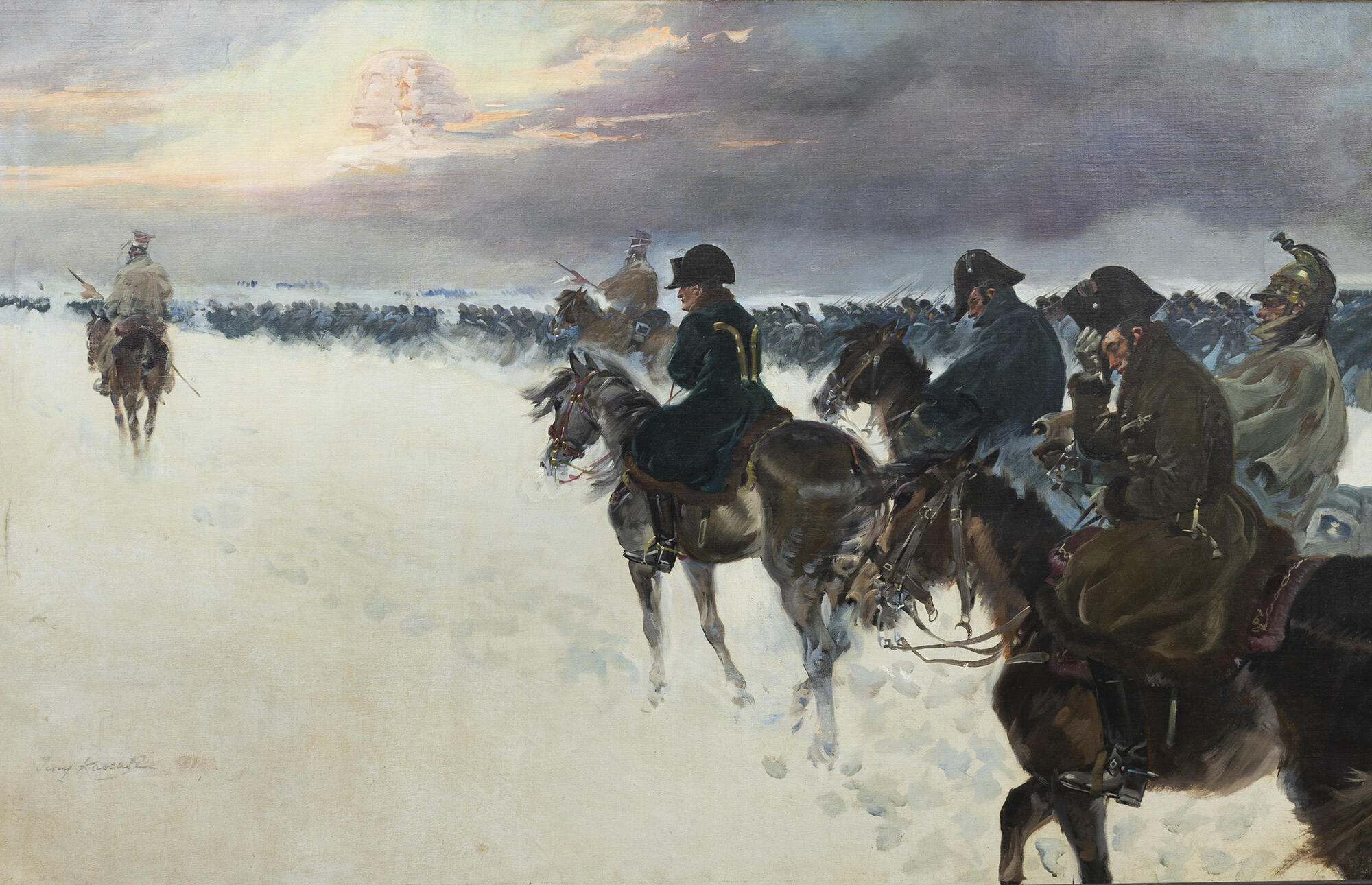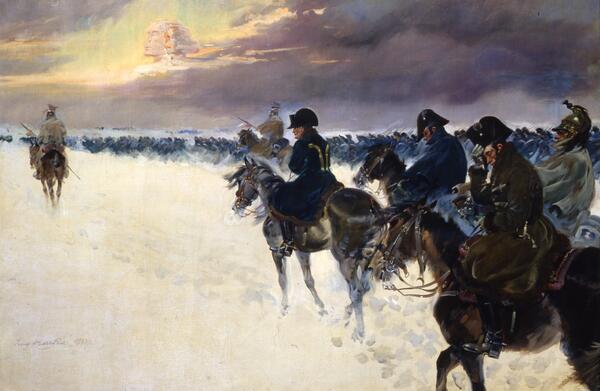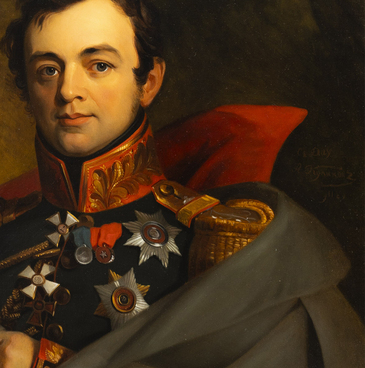The painting “The Retreat of Napoleon’s Army” vividly presents a popular image of “General Frost” who destroyed the French army. Napoleon personally sought to explain the defeat of the French army by the sudden harsh winter in the 29th Bulletin of the Grande Armée. His version was echoed by the memoirists who participated in the war.
In reality, the French army was overloaded with carts containing looted items from Moscow and suffered from a shortage of food and fodder. With the exception of the Guards, the army began to endure significant losses at the very beginning of the retreat along the Smolensk Road. Severe frosts — below minus 20 degrees Celsius — struck only after the famous crossing of the Berezina River at the end of November 1812.
Clearly, the condition of the French soldiers, who lacked warm uniforms, was worsened by the first frosts and snowfalls. Freezing temperatures reaching minus 35 degrees Celsius contributed to the final destruction of the so-called Grand Army. Winter conditions were also a detriment to the Russian army, which led the pursuit.
In the presented painting, the Polish artist Jerzy Kossak depicted the French, who are retreating across the snow-covered flatland with their commander-in-chief. Napoleon Bonaparte rides a horse. He is protected by three dragoons.
Contrary to established historical facts, the French emperor is dressed in a Polish general’s uniform. In the frosty sky, the clouds form a shape of a sphinx’s face. It alludes to the legendary Napoleon’s Egyptian Campaign of 1799. That campaign set him apart from a number of other revolutionary generals and soon allowed him to come to power in France, trailing clouds of glory.
In Polish culture, the participation of Poles in the Napoleonic Wars, including the Russian Campaign, became one of the key subjects reflected in the national military art. Jerzy Kossak (1886–1955) was a third-generation war artist. His father Wojciech (1856–1942) and grandfather Juliusz (1824–1899) also painted artworks on this theme.
The entire dynasty had a great interest in depicting equestrian scenes. Jerzy Kossak also tended to use a wintery, snow-covered background in his canvases. All this is characteristic of the 1927 canvas “The Retreat of Napoleon’s Army”. The inscription “Kossak” on the canvas from the museum’s collection does not allow to establish who exactly from the dynasty created this version of the painting.


